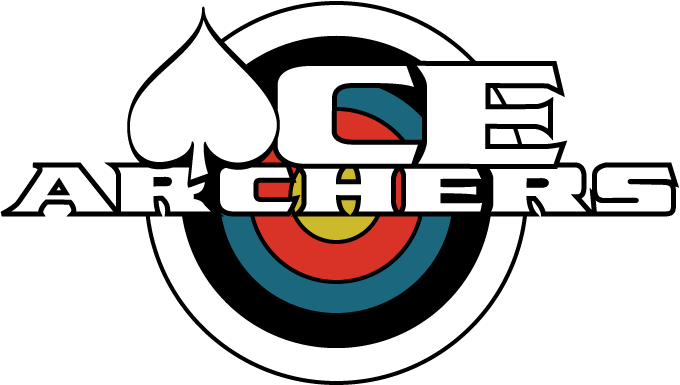Your body can move in two different ways, linear or angular. Linear is when you move in a straight line. Angular is when you move in a circle or along part of a circle. Which is stronger? Which uses less energy? Which uses fewer joints and therefore the same muscle all the time? Which uses larger muscles that can recover quickly and are stronger?
Let’s try linear motion first. Try moving your right index finger from the left side of your body straight across to the right side of your body. How many joint are bent to move that finger? Probably your “fist knuckle” joint, wrist joint, elbow joint and shoulder joint. How many muscles must move to make this happen? You use too many muscles to count. Is that motion using small muscles like the finger muscles? Yep. Is that motion transferring effort from one muscle group to another because of the motion? Yep. When you transfer must groups, does one muscle group stop working while another starts working? Yep. Do you lose strength when you transfer muscle groups? Yep.
Now lift you right arm up, keep it straight and reach across to your left side and swing you hand and arm across your body. You have now moved you index finger in angular motion. How many joint are bent to move that finger? You move only one joint, your shoulder joint. How many muscles must move to make this happen? Very few muscles are used: trapezium, deltoid and maybe the rhomboid major. Is that motion using small muscles? No, you are using only large muscles. Is that motion transferring effort from one muscle group to another because of the motion? No, the same muscles are used throughout the motion. Do you lose strength when you transfer muscle groups? Nope, only the same muscles are used throughout the motion so there is no transfer from one muscle group to another.
Which type of motion is stronger? Angular motion is stronger than linear motion. Which type of motion is less complicated? Angular motion is less complicated than linear motion. Which motion has quicker recovery? Angular motion recovers quicker since it uses only large muscles. Which type of motion should we use drawing the bow? We should use angular motion since it is stronger, less complicated and recovers quicker.
Drawing the bow means moving the bow string a lot by moving the elbow.
There is a place on your body called LAN2. This place is on your draw arm, on the backside of your upper arm near the shoulder.
When we make an angular draw motion, we move LAN2. By moving LAN2 we move the elbow, the upper arm, the lower arm, the string hand, and the shoulder blade (scapula). In fact, LAN2 must lead the way for the elbow, lower arm, and string.
How to Draw the Bow
Move the bowstring by using angular motion of the upper arm to move the draw hand to the about one finger width lower and one finger width out from the Anchor Position.
- The movement comes from LAN2.
- You make LAN2 move the draw elbow, draw arm and the bow string by pushing the LAN2 in a circle around towards your back and up towards you Load Position. (Load Position is 1 finger width down and 1 finger width away from your Anchor Position.)
- When looking at yourself in the mirror, you should see LAN2 moving everything else. This means the draw elbow is leading the draw lower arm and bow string.
- What is incorrect is letting the draw hand and wrist move inside the draw elbow so the motion of the draw hand and wrist is completed before the draw elbow is in line with the arrow.
- LAN2 moves in a circle that curls around the body and ends up with the tip of the draw elbow in line with the arrow.
- As LAN2 moves angularly, allow the draw hand to fold in towards the face.
- Do not force the draw had to the face; instead allow the draw hand to move easily towards the face, following the direction of LAN2.
- LAN2 should be moving in a circle to move the string hand up and around to the Load Position.
- LAN2 always leads the draw elbow and the draw hand.
- LAN2 always moves the shoulder blade (scapula) across the back towards the spine.
- Draw is a quick motion, since it requires a lot of energy.
- We want to get it over with quickly and start lining up the draw elbow with the core of the body which is a more relaxed position.
- Draw takes about 1 to 1.5 seconds.
Use Angular Motion to perform the Draw and you will be a very strong archer!
